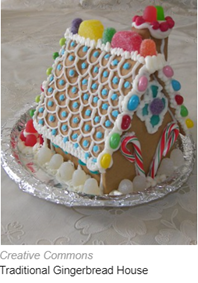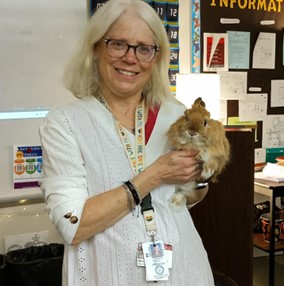History of Holiday Traditions

Traditional Gingerbread House
Many standard Christmas traditions are celebrated worldwide, but some are not so common. From Krampus to Yule Lads to Radishes, dead horses, and even fecal matter, many traditions from different cultures have gone unheard of for quite some time. There are typical traditions started in older times aging up to newer traditions still being created. There are many different ways to celebrate Christmas, but here are some unordinary ways to celebrate the holidays. These traditions come from different religions and regions of the world.
In many cultures, food is a large part of holiday traditions. Many different dinners on Christmas Eve include Ham and some kind of cookie for dessert. These different food ideals can be traced back to British and German history, like the fruitcake. There are food traditions that are not connected to these two countries. A Russian Orthodox tradition looks much different than a typical Christmas Eve dinner. Michael Yencha tells about his typical Christmas Eve dinner. “My father was raised Russian Orthodox and has kept this tradition since I was a kid.” Yencha tells the details of what is served, “we have this Christmas Eve dinner which contains; pickled herring, dry bread, honey, mashed potatoes with salt, sauerkraut, gherkins, and pierogies.” This tradition is more than just about the food involved; it has a ritual similar to a Christmas Eve service. There is a Russian blessing that is said by all the family members in a specific order. “We say a Russian blessing around the sink; the men go first from oldest to youngest, then the women youngest to oldest ending with My grandma Babi (short for Babushka).” This tradition connects to the life of Jesus; a typical Holy supper contains twelve dishes representing each of the disciples and has a forty-day fast typically preceding the meal. This tradition was practiced by many Russian Orthodox families before the ban on Christmas in Russia in 1991; it still lasts today after the ban has been lifted.
Christmas is a very decorative holiday. There are lights hung on houses, trees in family rooms, and decorating of cookies. The gingerbread house is one particular decoration that is highly enjoyed. This holiday treat originated in the 16th century in Germany by being decorated with just foil and a gold leaf. The Gingerbread house was not so popular until the Brothers Grimm wrote Hansel and Gretel, where they reached a cookie house, it was not confirmed that it was gingerbread, but it was assumed that it was. The cookie decorating itself was started by Queen Elizabeth I during her time. This holiday tradition is practiced uniquely by Ashley Gilton. Gilton builds her houses, and once they get stale, her family smashes the houses. “We do this as a fun way to relieve stress; we do the same thing with pumpkins.” The smashing of gingerbread houses does not originate from anywhere other than the Gilton family. “I’ve been doing this since I was about ten years old.” The tradition has been around in her family for a while, becoming an annual tradition.
There are many ways Christmas has been celebrated since its origin, but some ways are unlike others. Christmas has its lighter aspects and more serious darkening aspects through time and is still being changed. Christmas history is still changing today from biblical times until now.
http://www.wirnowski.com/Carp/Nat_HolyNight.html
Faith Harden, Grade 12. Interests/hobbies include Marching Band, Jazz Ensemble, Brass Ensemble, Ice Hockey, and spending time with friends and family....




